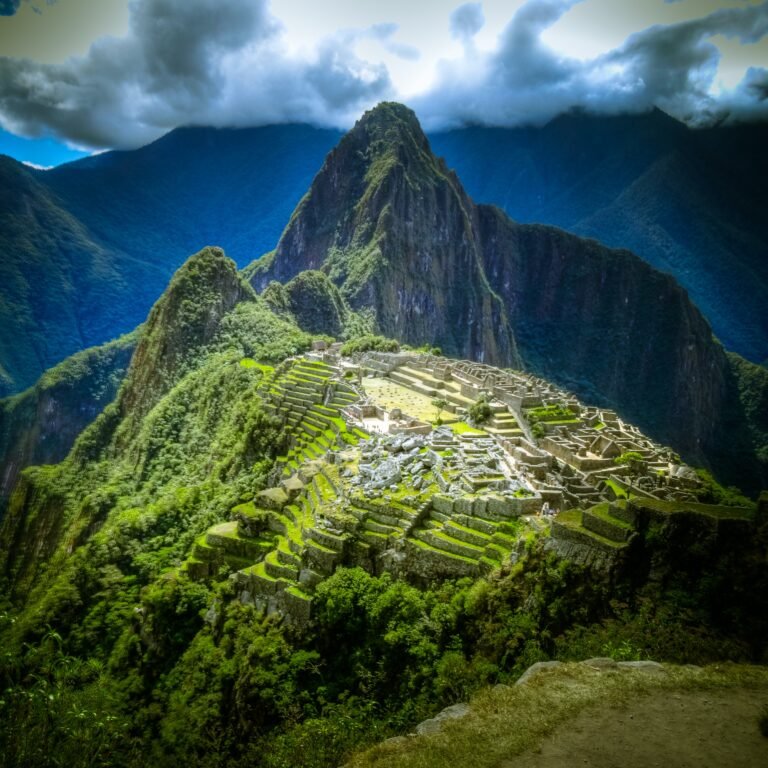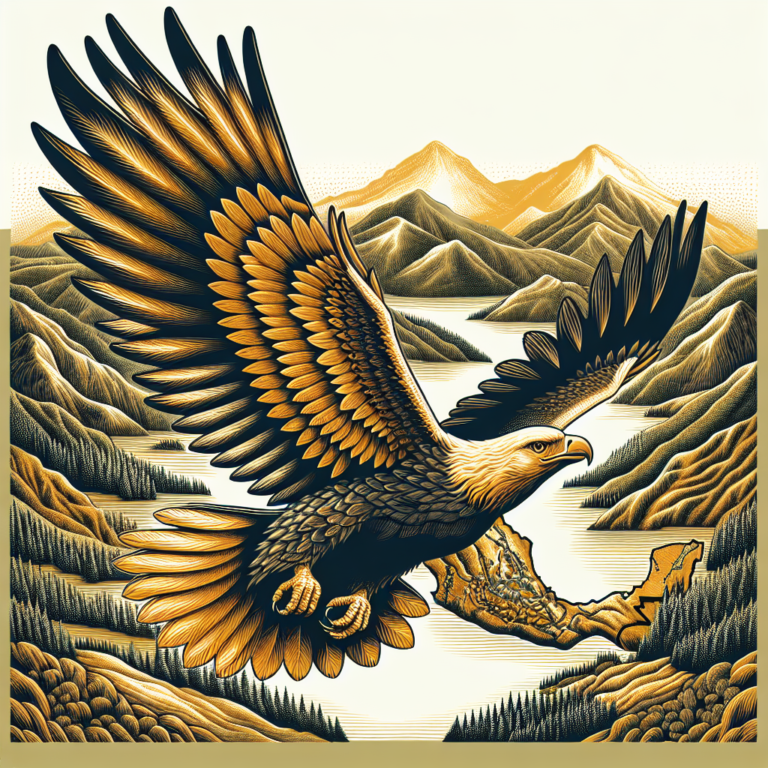What Is Mexico Famous For?
Mexico, a country rich in history and vibrant culture, has captivated the world with its undeniable charm and allure. From the iconic flag with its symbolic colors to the mesmerizing traditions and mouth-watering cuisine, Mexico has long been famous for its unique contributions. Whether it’s the beautiful beaches of Cancun, the ancient Mayan ruins of Chichen Itza, or the lively festivals like Dia de los Muertos, Mexico offers a tapestry of experiences that leave an indelible mark on all who visit. But what else is Mexico famous for? Let’s explore some of the fascinating aspects that make this country truly exceptional.
Mexican Culture
Food and Cuisine
Mexican cuisine is known worldwide for its flavorful and diverse dishes. Whether you’re a fan of spicy flavors or prefer milder options, there is something for everyone in Mexican food. From street vendors to high-end restaurants, the country offers a wide range of culinary experiences. Some of the most famous Mexican dishes include tacos, enchiladas, tamales, and guacamole. The use of fresh ingredients such as tomatoes, avocados, chilies, and corn is central to Mexican cooking. And let’s not forget about the popular Mexican beverages like margaritas and horchata!
Music and Dance
When it comes to music and dance, Mexico has a rich and vibrant cultural heritage. Mariachi is one of the most iconic music styles in Mexico, featuring lively rhythms and passionate lyrics. This traditional music is often played at celebrations and festivities and is accompanied by instruments such as guitars, trumpets, and violins. Another popular genre is ranchera music, which tells stories of love, loss, and Mexican traditions. In addition to music, Mexican dances like the Jarabe Tapatío (Mexican Hat Dance) and the Danzón showcase the country’s unique cultural expressions.
Art and Literature
Mexico boasts a remarkable artistic and literary legacy that spans centuries. Pre-Columbian art, with its intricate carvings and vibrant murals, showcases the craftsmanship and creativity of ancient civilizations like the Mayans and the Aztecs. Mexican artists like Diego Rivera and Frida Kahlo have left an indelible mark on the art world, known for their bold and politically charged works. Mexican literature, including the renowned works of Octavio Paz and Juan Rulfo, delves into the complexities of Mexican society and history.
Traditional Customs and Celebrations
Mexicans hold their traditional customs and celebrations close to heart. Among these, the Day of the Dead (Dia de los Muertos) stands out as a unique and widely recognized Mexican tradition. This colorful holiday, celebrated on November 1st and 2nd, honors deceased loved ones. Families create altars adorned with photographs, flowers, and candles, and people gather to share stories, food, and memories of those who have passed away. Other important celebrations in Mexico include Independence Day (September 16th) and Carnaval, a festive period leading up to Lent featuring parades, music, and elaborate costumes.
Natural Wonders
Breathtaking Beaches
Mexico is home to some of the world’s most stunning beaches, drawing visitors from across the globe. The country’s extensive coastline along the Pacific Ocean, the Gulf of Mexico, and the Caribbean Sea offers a variety of beach experiences. From the pristine white sands of Cancun and Playa del Carmen to the picturesque rock formations of Los Cabos and the vibrant coral reefs in Cozumel, Mexico’s beaches cater to all types of travelers, whether you’re seeking tranquility or adventure.
Marine Biodiversity
Mexico’s coastal waters are teeming with life, making it a paradise for marine biodiversity. The Mesoamerican Barrier Reef, the second-largest barrier reef in the world, stretches along the Yucatan Peninsula, offering incredible opportunities for snorkeling and diving. Here, you can encounter colorful fish, graceful sea turtles, and even majestic whale sharks. The Sea of Cortez, located between the Baja California Peninsula and mainland Mexico, is a UNESCO World Heritage site known for its rich marine life, including dolphins, sea lions, and migratory whales.
Cenotes and Underground Rivers
One of Mexico’s unique natural wonders is its extensive network of cenotes and underground rivers. Cenotes are natural sinkholes filled with crystal-clear freshwater, formed by the collapse of limestone bedrock. These mesmerizing pools provide a refreshing escape from the heat, and many offer the opportunity for swimming and diving. The Yucatan Peninsula is particularly famous for its cenotes, which were considered sacred by the ancient Mayans and served as their primary water source.
Imposing Mountains and Volcanoes
Mexico is not only known for its beautiful coastline but also for its majestic mountains and volcanoes. The Sierra Madre mountain range runs through the country, offering breathtaking landscapes and outdoor adventures. The towering peak of Pico de Orizaba, standing at 18,491 feet (5,636 meters), is Mexico’s highest volcano and a popular destination for mountaineers. The stunning landscapes of Copper Canyon, a series of deep canyons in the state of Chihuahua, rival the beauty of the famous Grand Canyon in the United States.
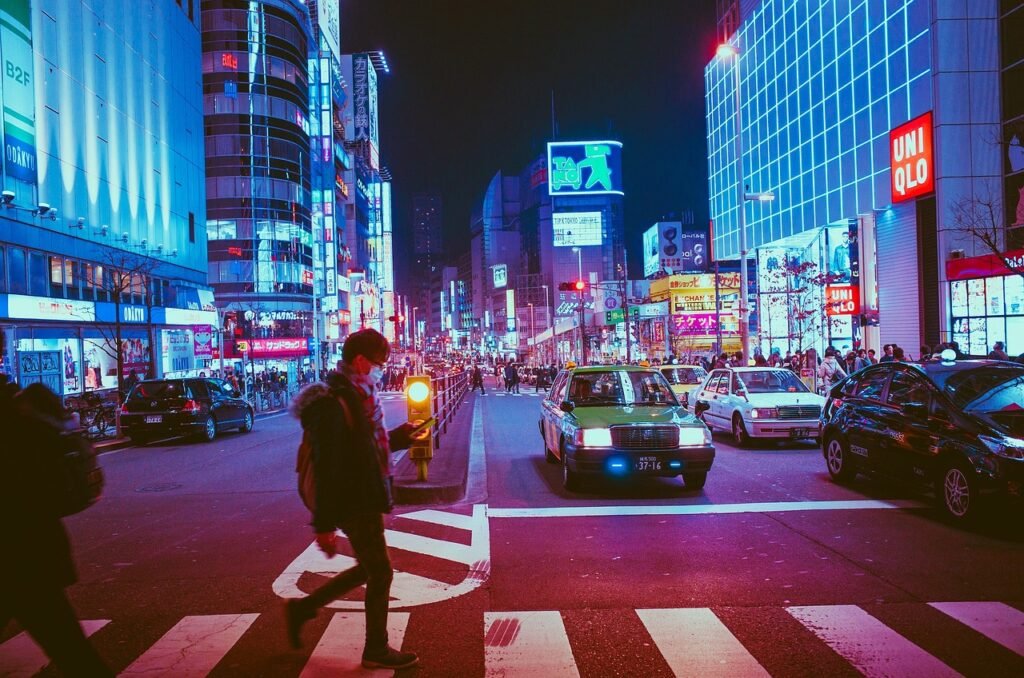
Historical Ruins
Ancient Mayan Ruins
Mexico is blessed with a rich archaeological heritage, notably the ancient ruins of the Mayan civilization. The Mayans left behind impressive cities and structures, such as Chichen Itza, Tulum, and Palenque. Chichen Itza, a UNESCO World Heritage site, is renowned for its iconic El Castillo pyramid, also known as the Temple of Kukulcan. Tulum, perched on a cliff overlooking the Caribbean Sea, showcases a unique blend of Mayan architecture with stunning ocean vistas. These ruins provide a glimpse into the remarkable achievements of the Mayan people.
Aztec Temples
The Aztecs, another remarkable ancient civilization, left their mark on Mexico through their impressive temples and ceremonial centers. The most famous Aztec ruin is the Templo Mayor in Mexico City, the capital of the Aztec Empire. Excavated ruins reveal the grandeur and complexity of the Aztec capital, once known as Tenochtitlan. The Temple of the Feathered Serpent and the Pyramid of the Sun in Teotihuacan, an ancient city just outside of Mexico City, offer further insights into Aztec architecture and spirituality.
Colonial Heritage Sites
Mexico’s history also includes a significant colonial period, when the country was under Spanish rule. Numerous cities and towns boast splendid colonial architecture, reflecting a fusion of Spanish and indigenous influences. The historic center of Mexico City, known as Zocalo, is home to impressive colonial buildings, including the Metropolitan Cathedral and the National Palace. Other notable colonial towns include Guanajuato, with its colorful narrow streets and preserved historic buildings, and San Miguel de Allende, known for its well-preserved baroque and neoclassical architecture.
Tequila
Tequila Production
No discussion of Mexican culture would be complete without mentioning tequila. Tequila is a distilled spirit made from the blue agave plant and is produced primarily in the state of Jalisco. The production process involves harvesting, cooking, fermenting, and distilling the agave juice. The resulting tequila can be enjoyed on its own or as a key ingredient in popular cocktails like the Margarita. Tequila production follows strict regulations to ensure the authenticity and quality of this iconic Mexican beverage.
The Spirit of Mexico
Tequila holds a special place in Mexican culture and is often associated with celebrations and fiestas. It represents the warmth, hospitality, and zest for life that are characteristic of Mexican people. From sipping tequila at a local cantina to enjoying a vibrant nightlife scene in cities like Guadalajara and Mexico City, experiencing the spirit of Mexico through tequila is a must for visitors and locals alike.
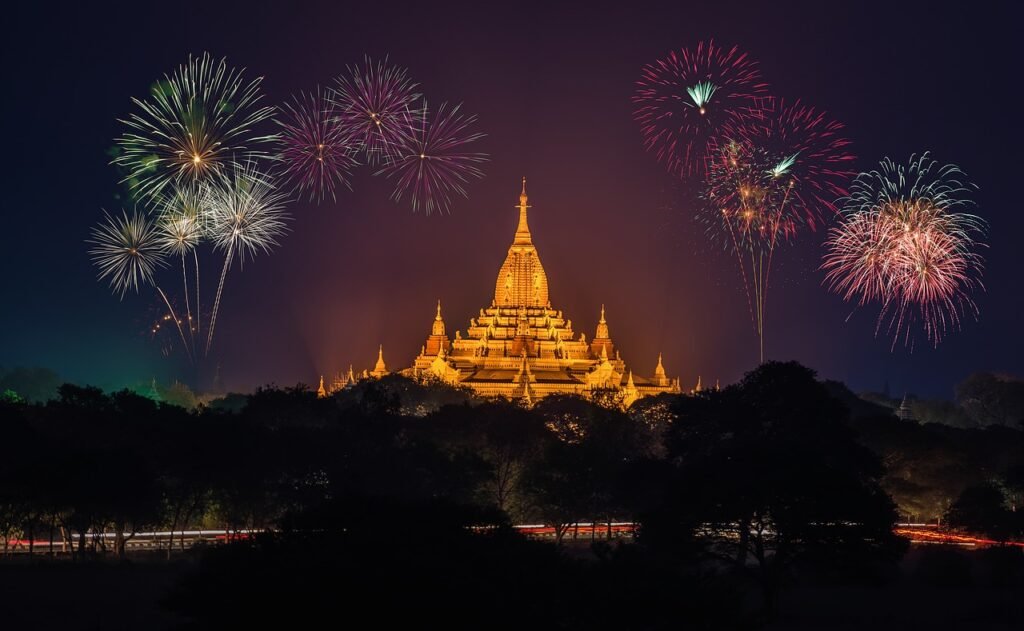
Mariachi
Iconic Mexican Music
Mariachi music, with its lively rhythms and passionate lyrics, is an integral part of Mexican culture. Originating in the state of Jalisco, mariachi music has spread throughout Mexico and has become a symbol of national identity. Mariachi bands typically consist of several musicians playing instruments such as guitars, trumpets, violins, and vihuelas. The vibrant melodies and harmonies of mariachi music can be heard at weddings, birthdays, and other joyous occasions, creating an atmosphere of celebration and unity.
Traditional Mariachi Attire
In addition to its captivating music, mariachi is also known for its distinctive attire. Mariachi musicians traditionally wear elaborately embroidered charro suits, complete with wide-brimmed sombreros and ornate belts. The colorful outfits exude elegance and pride, adding to the visual spectacle of a mariachi performance. The combination of energetic music and striking attire makes mariachi a beloved and iconic element of Mexican culture.
Day of the Dead
A Unique Mexican Tradition
The Day of the Dead, or Dia de los Muertos, is a deeply rooted Mexican tradition that honors deceased loved ones. It is a time for families to come together and celebrate the lives of those who have passed away. The holiday takes place on November 1st and 2nd and is often associated with colorful decorations, lively processions, and the creation of altars dedicated to the deceased. Despite its name, the Day of the Dead is a joyous celebration where families fondly remember their loved ones and believe that their spirits come back to visit.
Symbolism and Significance
The Day of the Dead is a unique blend of indigenous Aztec beliefs and Catholicism, symbolizing the cultural diversity of Mexico. During this time, families create altars called ofrendas adorned with photographs, candles, marigold flowers, and the favorite food and drinks of the departed. Sugar skulls and intricately designed calacas (skeletons) made from paper mache or clay are also part of the vibrant decorations. The traditions surrounding the Day of the Dead highlight the Mexican belief in the cycle of life and death and serve as a way to honor and remember ancestors.
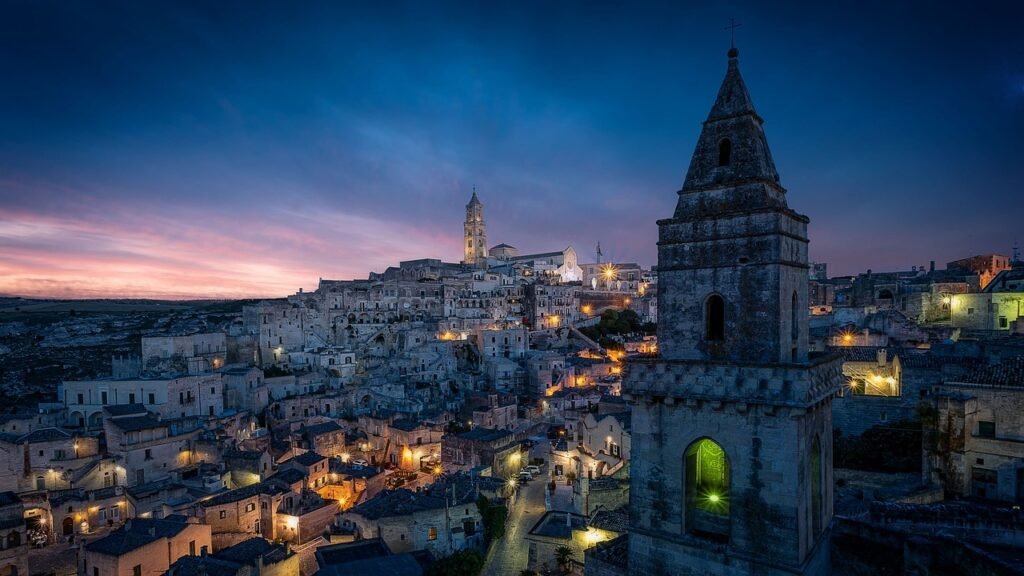
Mexican Festivals
Carnaval
Carnaval is a vibrant and energetic festival celebrated across Mexico in the days leading up to Lent. Each region puts its unique twist on the festivities, but common elements include parades, music, dancing, and elaborate costumes. The cities of Veracruz and Mazatlán are particularly famous for their Carnaval celebrations, where locals and visitors alike come together to revel in the vibrant atmosphere. Masked performers, known as “cabezudos,” roam the streets, while the sound of music and the smell of delicious street food fill the air.
Independence Day
Independence Day, celebrated on September 16th, is one of the most important holidays in Mexico. It commemorates the country’s independence from Spanish colonial rule. Mexicans proudly display their national flag, and the day is marked by festive parades, fireworks, and live music performances. The most significant event of the day is the “Grito de Dolores” (Cry of Dolores), where the President or Governor reenacts Miguel Hidalgo’s call for independence in 1810. The joyful celebrations showcase the strong sense of patriotism and national pride that Mexicans hold dear.
Grito de Dolores
The Grito de Dolores, mentioned above, is an iconic moment in Mexican history that symbolizes the struggle for independence. It refers to Miguel Hidalgo’s cry for freedom in the town of Dolores, which sparked the Mexican War of Independence. Every year on the eve of Independence Day, the President or Governor delivers a passionate speech from the balcony of the National Palace in Mexico City, echoing Hidalgo’s call and encouraging Mexicans to honor their country’s heritage. The Grito is met with cheers, fireworks, and enthusiastic cries of “Viva Mexico!” as the nation comes together in unity and remembrance.
Cinco de Mayo
Cinco de Mayo is widely celebrated in Mexico and the United States, although its historical significance differs between the two countries. In Mexico, the holiday commemorates the Battle of Puebla in 1862, where Mexican troops successfully defended against French forces. While it is not a national holiday in Mexico, it is still recognized and celebrated in the state of Puebla. In the United States, Cinco de Mayo has evolved into a celebration of Mexican culture and heritage, with parades, festive gatherings, and traditional Mexican food and drinks.
Mexican Handicrafts
Talavera Pottery
Mexican handicrafts are treasured for their vibrant colors, intricate designs, and traditional techniques. Talavera pottery is a prime example of the country’s artistic heritage. Originating from the Spanish colonial period, Talavera pottery is characterized by its hand-painted motifs and unique glazes. Today, the city of Puebla is renowned for producing some of the finest examples of Talavera pottery. From plates and vases to tiles and sinks, these beautiful ceramics add a touch of Mexican charm to any home or space.
Mexican Textiles and Embroidery
Mexican textiles and embroidery reflect the richness and diversity of indigenous cultures throughout the country. Each region has its unique textile traditions, incorporating techniques such as backstrap weaving and intricate embroidery. Oaxaca is particularly famous for its intricately woven textiles, while Chiapas is known for its vibrant and ornate embroidery. From colorful huipiles (traditional blouses) to rebozos (shawls) and sarapes (blankets), Mexican textiles are a testament to the country’s weaving traditions and the creativity of its artisans.
Alebrijes and Paper Maché Crafts
Alebrijes are whimsical and colorful creatures carved from wood and then brightly painted. Originating in Mexico City, these fantastical sculptures combine elements from animals, mythical creatures, and the artisan’s imagination. Each alebrije is a unique creation, representing the artist’s interpretation and creativity. Paper maché crafts also have a long-standing tradition in Mexico, with artisans creating intricate sculptures and masks using paper strips and paste. These vibrant and detailed creations are often seen during festivals and celebrations, adding a touch of enchantment to the festivities.
Mexican Soccer
Passion for the Beautiful Game
Mexicans have an unwavering passion for soccer, often referred to as “the beautiful game.” Soccer is deeply ingrained in the culture and way of life in Mexico, serving as a unifying force that transcends social and economic barriers. Whether it’s cheering for the national team during the World Cup or passionately supporting their beloved local club, Mexicans express their love for soccer with intense fervor. Stadiums across the country come alive with cheering fans, colorful banners, and lively chants, creating an electric atmosphere.
Liga MX and National Team Success
Liga MX is Mexico’s top professional soccer league, featuring some of the country’s most talented players. The league, known for its competitiveness and passionate fanbase, has produced legendary players who have achieved success both domestically and internationally. The Mexican national team, known as “El Tri,” has a storied history and has experienced notable success in international competitions, including numerous appearances in the FIFA World Cup. Soccer is more than just a sport in Mexico; it represents the national pride and collective spirit of the entire country.
Mexican Wrestling (Lucha Libre)
Colorful Wrestling Tradition
Lucha Libre, or Mexican wrestling, is a theatrical and high-energy spectacle that captivates audiences young and old. This unique form of professional wrestling features masked wrestlers, known as luchadors, who engage in acrobatic and choreographed bouts. Lucha Libre matches combine athleticism, drama, and comedy, creating a captivating experience for fans. Wrestlers, often embodying larger-than-life characters, wear colorful masks and costumes, adding to the visual spectacle. The iconic image of luchadors flying through the air and executing impressive moves has become synonymous with Mexican wrestling.
Masked Wrestlers
One of the most distinctive aspects of Lucha Libre is the tradition of masked wrestlers. The masks, often intricately designed and personalized, become a symbol of the luchador’s identity and character. Luchadors guard their masks fiercely, as losing a mask during a match can be a major humiliation. The masks have become iconic symbols of Mexican culture, and some luchadors have gained worldwide recognition for their skills and unique personas. Lucha Libre showcases not only the physical prowess of the wrestlers but also the storytelling and mythology behind this dynamic and captivating form of entertainment.
In conclusion, Mexico’s cultural richness is evident in its food, music, art, traditions, and natural wonders. From the mouth-watering flavors of its cuisine to the lively melodies of mariachi, Mexico offers a sensory experience like no other. Its historical ruins and handicrafts reflect a vibrant past and creative spirit that continue to thrive. Whether you’re exploring the stunning beaches or immersing yourself in the fervor of a soccer match, Mexico’s cultural tapestry will leave you enchanted and longing for more.





